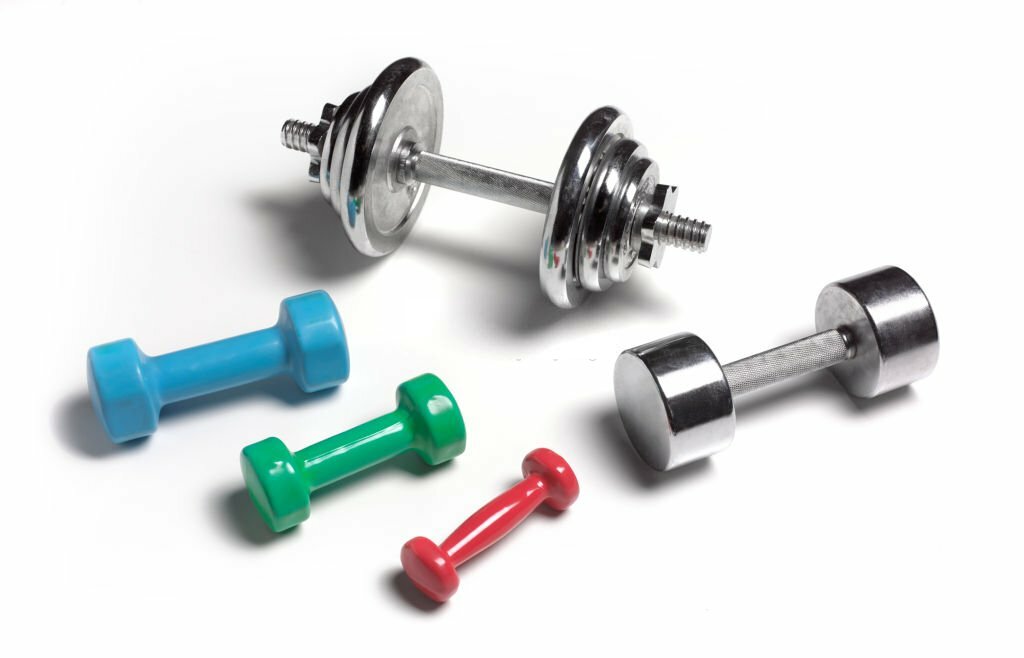Investing in gym equipment can be both a commitment to personal health and a significant financial undertaking. Whether you’re setting up a home gym or establishing a commercial fitness center, understanding the associated costs can help you budget wisely. In this article, we delve into the names of popular gym equipment, their estimated costs, and some basics on how to use them.
Gym Equipment Names
There’s a vast array of gym equipment available in the market, each designed to target specific muscle groups and fitness goals. Some of the most common ones include:
- Treadmills: Used for walking, jogging, or running in place.
- Elliptical Machines: A low-impact cardio machine that mimics walking or running with added resistance.
- Stationary Bikes: Allow you to cycle in place and come in upright or recumbent variations.
- Weight Benches: Used in combination with barbells or dumbbells for strength training.
- Dumbbells: Free weights that come in various sizes and are often used in pairs.
- Resistance Bands: Stretchy bands used for resistance training.
- Rowing Machines: Simulate the action of rowing a boat and provide both cardiovascular and full-body workouts.
- Pull-up Bars: Mounted on walls or doorframes, they’re used for upper body strength exercises.
How to Use Gym Equipment
Before starting any exercise regimen, always consult with a fitness professional or read the manufacturer’s instructions. Here’s a brief overview of how to use some of the mentioned equipment:
- Treadmills: Begin at a slow pace and gradually increase speed. Ensure you have proper footwear to reduce impact.
- Elliptical Machines: Stand upright, grip the handles, and push the pedals in a circular motion. Adjust resistance as needed.
- Stationary Bikes: Adjust the seat height, sit, and pedal. Ensure your legs are slightly bent at the lowest pedal point.
- Weight Benches: Lie or sit in the proper position, grip weights with both hands, and perform lifts or presses.
- Dumbbells: Grip firmly and perform the chosen exercise, ensuring your form is correct.
- Resistance Bands: Secure the band under your foot or other stationary objects and pull or push against the resistance.
- Rowing Machines: Sit, secure your feet, grip the handles, and pull towards your torso while extending your legs.
- Pull-up Bars: Grip the bar with both hands and pull yourself up, ensuring your chin reaches above the bar.
Conclusion
Purchasing gym equipment is an investment in your health and fitness. By understanding the costs and how to use each piece effectively, you can make informed decisions that suit your needs and budget. Always prioritize safety and consider seeking guidance from fitness professionals to get the most out of your equipment.




